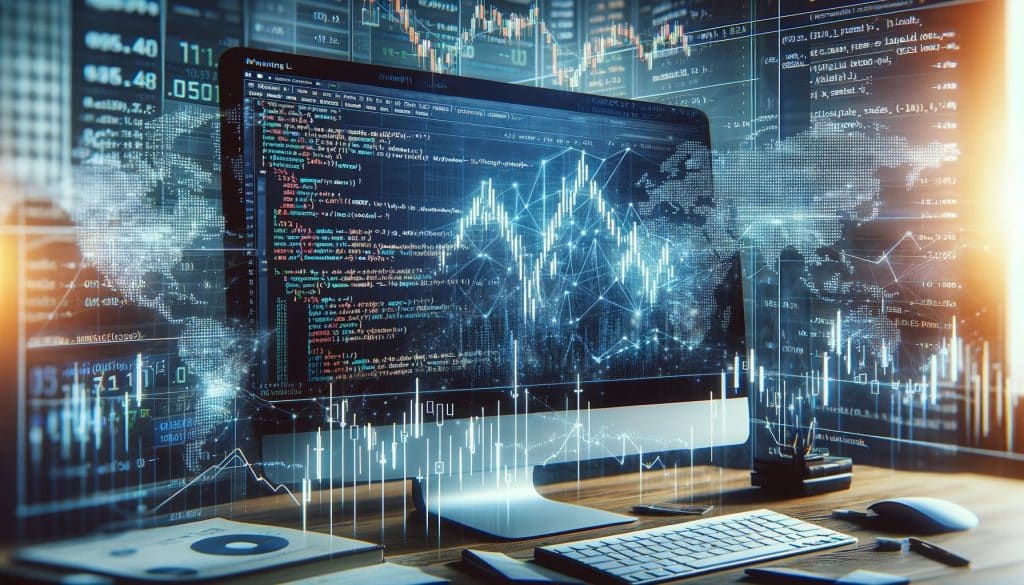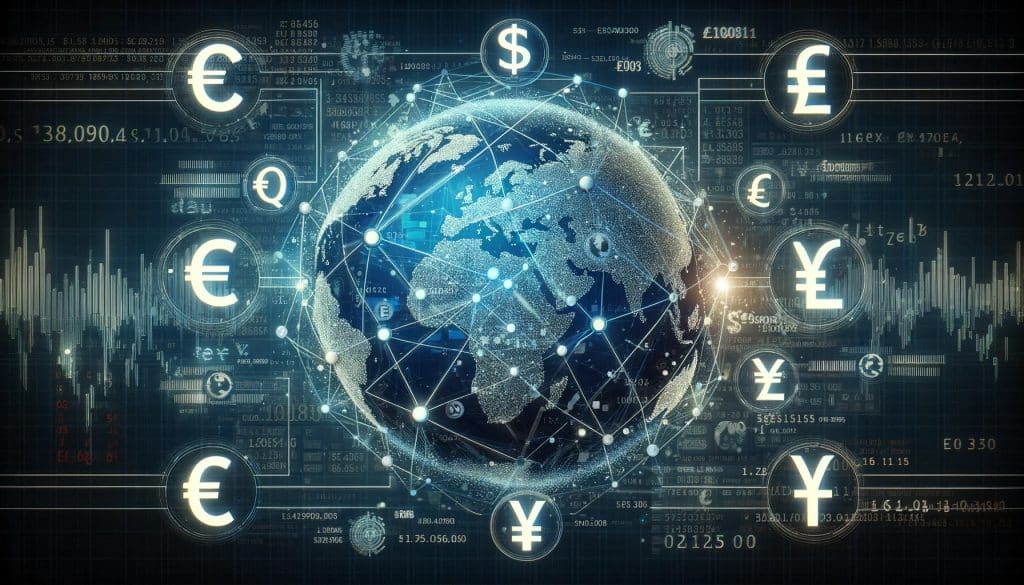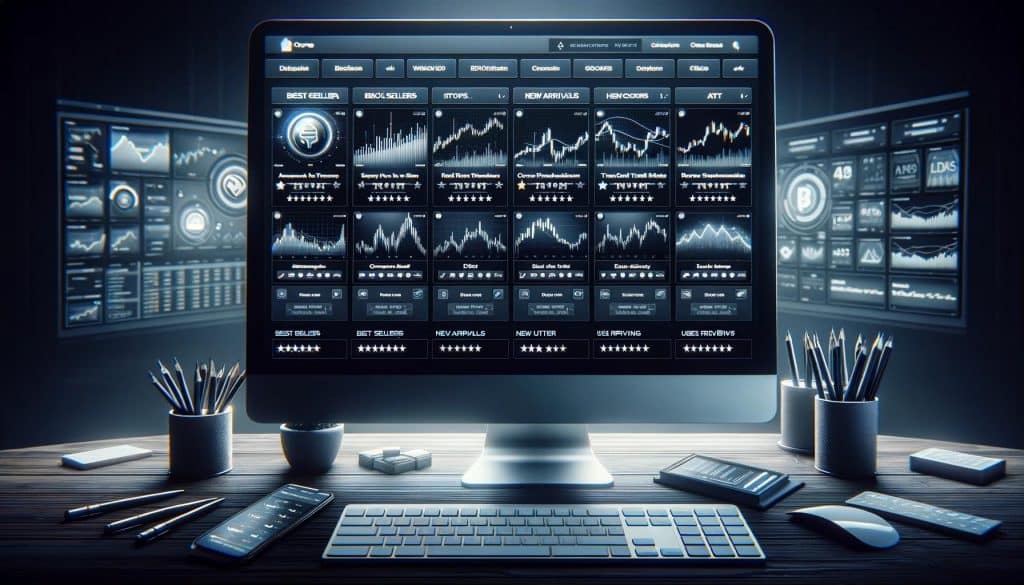The integration of machine learning in Forex trading is transforming the financial landscape, offering unprecedented opportunities for traders. By harnessing predictive analytics, traders are now able to predict market movements with greater accuracy, manage risks more effectively, and ultimately, achieve higher profitability. This blog post explores the revolutionary impact of machine learning trading, providing insights into its capabilities, advantages, and the future it holds for Forex trading.
The Evolution of Forex Trading
From Manual Analysis to Machine Learning
Forex trading has come a long way from the days of manual chart analysis and gut-feeling decisions. The transition to electronic trading platforms introduced the market to algorithmic trading, a precursor to today’s sophisticated machine learning models. This evolution mirrors the broader financial industry’s shift towards data-driven decision-making and predictive analytics.
The Role of Technology in Forex Trading
The advent of powerful computing resources and advancements in data science has paved the way for machine learning to make significant inroads into Forex trading. Traders and institutions now leverage these technologies to analyze vast datasets, identify patterns, and predict future market movements with a level of precision previously deemed impossible.

Understanding Machine Learning Trading
Defining Machine Learning in the Forex Context
Machine learning is a subset of artificial intelligence (AI) that enables systems to learn from data, identify patterns, and make decisions with minimal human intervention. In Forex trading, machine learning models are trained on historical price data and other relevant financial indicators to forecast future currency movements.
Machine Learning vs. Traditional Statistical Models
Unlike traditional statistical models that require explicit programming for each new pattern or trend, machine learning algorithms can automatically adapt to changes in market conditions. This adaptability is crucial in the volatile Forex market, where traders must quickly respond to new information to remain competitive.
The Power of Predictive Analytics in Forex
Harnessing Historical Data for Future Predictions
Example: Predicting Currency Movements
Consider the use of neural networks, a type of machine learning model, in predicting EUR/USD currency pair movements. By training on decades of price data, economic indicators, and political events, a neural network can learn the complex relationships between these variables and the currency’s price. Traders can use these models to forecast future price movements and develop trading strategies that capitalize on these predictions.
Real-Time Market Analysis
Adapting to Market Volatility
Machine learning excels in its ability to process and analyze real-time data, a critical capability in the Forex market’s fast-paced environment. For instance, LSTM networks, known for their ability to remember long-term dependencies, are particularly adept at adjusting to new market information. This enables traders to make informed decisions swiftly, leveraging opportunities as they arise.

Strategies for Implementing Machine Learning in Forex Trading
Algorithmic Trading Strategies
From Theory to Practice
The practical application of machine learning in Forex trading is most evident in the development of sophisticated algorithmic trading strategies. These strategies automate the trading process, executing orders based on criteria derived from artificial intelligence (AI) models. For instance, a machine learning model might analyze years of price data along with volume and economic indicators to identify patterns that suggest a high probability of a price increase in a particular currency pair. The algorithm could then automatically execute buy orders based on these predictions, and similarly, sell orders when the model predicts a decline.
A real-world example of this application is the use of artificial intelligence (AI) in developing high-frequency trading (HFT) strategies, where algorithms make thousands of trades in a fraction of a second. By analyzing market data in real-time, machine learning models can detect subtle patterns and execute trades that capitalize on minute price movements, often before human traders can react.
Success Stories and Pitfalls
One notable success story involves a hedge fund that significantly outperformed the market by integrating deep learning into its trading algorithms, enabling it to predict market movements more accurately than its competitors. However, it’s also important to acknowledge the pitfalls, such as the risk of overfitting, where a model might perform exceptionally well on historical data but fail to generalize to new, unseen data. This underscores the importance of rigorous testing and validation in developing machine learning trading strategies.
Risk Management and Mitigation
Predictive Risk Management
An essential application of machine learning in Forex trading is in the domain of risk management. By forecasting potential market downturns and identifying risky positions, artificial intelligence (AI) models can alert traders to reduce their exposure or implement hedging strategies. For example, a model might analyze the correlation between various economic indicators and market sentiment data to predict a downturn in a specific currency, enabling traders to adjust their positions accordingly.

Challenges and Considerations
The Complexity of Machine Learning Models
Barrier to Entry
The complexity and resource-intensive nature of machine learning models present a significant barrier to entry for individual traders and small firms. Developing effective models requires not only advanced knowledge in data science and machine learning but also access to substantial computational resources for training and testing these models. Furthermore, the dynamic nature of the Forex market means that models must be continuously updated and refined, necessitating ongoing investment in both technology and expertise.
Overfitting and Underfitting
The concepts of overfitting and underfitting are critical challenges in machine learning trading. Overfitting occurs when a model is too closely tailored to the historical data, capturing noise instead of the underlying pattern, resulting in poor performance on new data. Underfitting, on the other hand, happens when a model is too simple to capture the complexities of the data, leading to inaccurate predictions. Avoiding these pitfalls requires a careful balance in model complexity, rigorous cross-validation, and regular updates to the model based on new market data.
Ethical and Regulatory Implications
Fairness and Transparency
The increasing use of machine learning in trading raises important ethical questions regarding fairness and transparency in financial markets. There’s a growing concern that sophisticated artificial intelligence (AI) algorithms could create opaque markets where only a select few with the most advanced technology can compete effectively. Ensuring that these technologies are used in a way that maintains market integrity and fairness is paramount.
Regulatory Landscape
Regulatory bodies around the world are beginning to address the challenges posed by machine learning trading. Regulations may focus on ensuring transparency in how these algorithms operate, preventing market manipulation, and protecting investors. As artificial intelligence (AI) technologies continue to evolve, so too will the regulatory frameworks designed to oversee them, aiming to strike a balance between innovation and market integrity.
The Future of Forex Trading with Machine Learning
The future of Forex trading with machine learning promises even more sophisticated algorithms, deeper integration of alternative data sources, and the potential for more personalized and adaptive trading strategies. As computational power continues to increase and machine learning techniques become more advanced, traders will have at their disposal tools that can analyze market data in unprecedented depth and speed.
The integration of alternative data sources, such as social media sentiment, geopolitical events, and even weather patterns, into machine learning models, could provide traders with a more holistic view of the factors influencing currency markets. This, combined with the ongoing refinement of artificial intelligence (AI) algorithms, will likely open new frontiers in predictive analytics and trading strategy development.
Conclusion
Machine learning in Forex trading is not just a fleeting trend but a fundamental shift towards data-driven decision-making and predictive analytics. While challenges remain, the potential benefits of improved accuracy in predictions, enhanced risk management, and the automation of trading strategies are too significant to ignore. As technology evolves, so too will the strategies and tools at the disposal of Forex traders, promising a future where artificial intelligence (AI) is an integral part of every trader’s toolkit.

FAQs on Machine Learning in Forex Trading
What is machine learning in Forex trading?
Machine learning in Forex trading refers to the application of artificial intelligence algorithms that can learn from and make predictions on data. In the context of Forex trading, these algorithms analyze historical price data, economic indicators, and other relevant market information to forecast future currency movements and identify trading opportunities.
How does machine learning improve Forex trading?
Machine learning improves Forex trading by providing more accurate predictions of currency price movements, enabling real-time market analysis, automating trading strategies, and enhancing risk management. Its ability to process vast amounts of data and identify complex patterns offers traders a significant advantage over traditional analysis methods.
What are the types of machine learning models used in Forex trading?
Several types of machine learning models are used in Forex trading, including:
- Neural Networks: Ideal for capturing nonlinear relationships in data.
- Decision Trees: Useful for classification and regression tasks.
- Support Vector Machines (SVM): Effective for classification and regression in high-dimensional spaces.
- Reinforcement Learning: Applies to scenarios where an algorithm learns to make decisions through trial and error.
Can individual traders use artificial intelligence (AI) in Forex trading?
Yes, individual traders can use machine learning in Forex trading, but it requires a certain level of expertise in data science and access to computational resources. Many software platforms and tools now offer built-in machine learning capabilities, making it more accessible to individual traders willing to invest time in learning these systems.
What are the challenges of using machine learning in Forex trading?
Challenges include the complexity of developing and implementing machine learning models, the risk of overfitting to historical data, the need for continuous model updating and refinement, and the ethical and regulatory implications of automated trading systems. Traders must also have a strong foundation in both trading principles and data science to effectively utilize machine learning.
Are there ethical concerns with using machine learning in trading?
Yes, there are ethical concerns, including the potential for market manipulation, the transparency of trading algorithms, and the fairness of markets when advanced technologies are accessible only to a select few. Regulators and industry professionals are actively discussing and addressing these issues to ensure fair and transparent markets.
How do I get started with machine learning in Forex trading?
Getting started involves several steps:
- Education: Learn the basics of Forex trading and machine learning.
- Data Acquisition: Gain access to historical Forex market data for analysis.
- Tool Selection: Choose software and tools that support artificial intelligence (AI) model development.
- Model Development: Start with simple models and gradually increase complexity as you gain experience.
- Backtesting: Test your models against historical data to evaluate their performance.
- Continuous Learning: Stay updated on the latest artificial intelligence (AI) and Forex trading trends and techniques.





